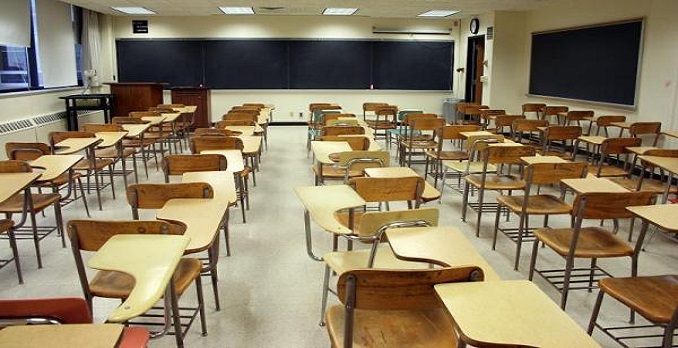Living in the digital age means that everything you do requires a touch of technology. In fact, from early morning till late night, most of your lives are dictated by the latest apps or the hottest social media platforms.
This means that the role of education has become extremely important in helping children develop the digital skills needed for their future. As technologies are here to stay, educational institutions should be more strategic and thoughtful in integrating technologies into the classroom environment.
Read on to find out how you can develop these skills in the classroom and help kids build digital literacy at an early age.
1. Embrace Multimedia
With the abundance of media outside of the classroom, it’s important that students know how to evaluate information across different media formats.
They should be able to combine information from various sources in a strategic manner and assess its value.
In addition, children need to double check the reliability of their sources. Depending on a given task, they are expected to integrate visual, oral, and quantitative information in a way that truly reflects their understanding of the topic.
To discover new content and connect with other professionals, check out Facebook, Twitter, LinkedIn, and Google Plus. For making and editing videos, try YouTube, WeVideo, and Animoto. If you’re into making infographics and posters, check out tools like Canva and Piktochart.
2. Understand Content Copyright
You’d be surprised at the number of young kids (and adults!) who think that the Internet is a bottomless well of information where you can just copy and paste anything you wish.
It’s important to help students differentiate copyright from creative commons. They should know when a source should be quoted or not.
Unfortunately, this is still a real problem and one of the most overlooked issues when creating digital works. It might be a good idea to create a separate course or class session focusing solely on content copyright and digital plagiarism.
3. Online Collaboration
Tools like Google Drive are great for classroom collaboration. Students can share their research and insights in documents where they can co-create.
Likewise, students can also use free website platforms such as WordPress or Weebly to showcase and share their creative works. It’s a nice way to receive feedback and constructive criticism from others. It also encourages students to take initiative and become more confident.
4. Be Creative
With the help of new technologies, there are many ways teachers can tailor their lessons to better accommodate their students. The key is to be creative.
If your lecture involves complex terms, why not try to record it and upload it on YouTube? This way your students can revisit the lecture at their convenience. Podcasts and slide shows also are great options. Don’t hesitate to mix things up. Find what works and what doesn’t and improve from there.
Do you need to create some eye-catching invitations for your upcoming project? Check out this easy, visually stunning invitation maker, perfect for any format. No design skills needed!









